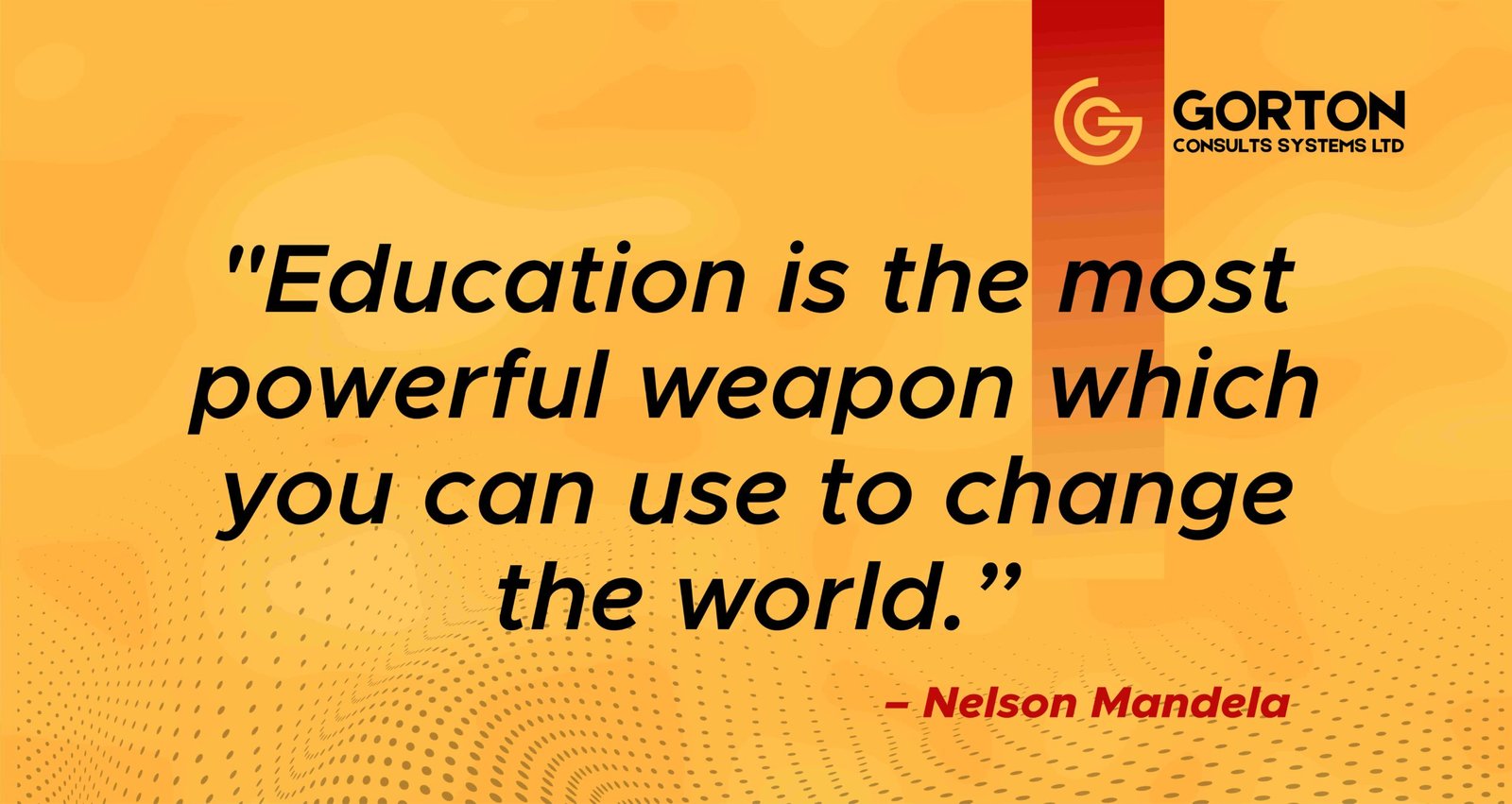Tell me and I forget. Teach me and I remember. Involve me and I learn. – Benjamin Franklin
Education and training are often measured by how much knowledge learners can recall. But the real test is not in memory, it’s in action—what people can actually do with what they’ve learned. In today’s digital-first world, where learning management systems (LMS) and ICT solutions shape much of education, the debate between theoretical versus practical training has never been more important
The Shortcomings of Theory Alone
Theoretical training provides a foundation—it explains the what and the why. For example, understanding the principles of digital literacy, LMS navigation, or ICT policy is important. However, theory without application often fades quickly. Learners may grasp concepts during lectures or presentations, but without practical engagement, that knowledge rarely translates into real-world confidence or competence
Think of it like learning to swim by reading a manual. You may understand every stroke and breathing technique, but until you step into the water, swimming remains abstract.
Why Hands-On Training Sticks
Practical training immerses learners directly into the process. With LMS platforms, this means not just learning about features but actually uploading content, managing user accounts, designing quizzes, and tracking learner progress. It’s about navigating challenges in real time, making mistakes, and learning how to solve them.
Psychologists call this the “learning-by-doing” effect. Research shows that learners retain up to 75% of knowledge through practice, compared to about 10% through reading or theory alone.
Hands-on sessions also build muscle memory. Just like typing, coding, or using digital tools, repeated practice builds fluency that can’t be gained through explanations alone.
Balancing Both: The Ideal Training Model
This isn’t to say theory has no place—it provides context and structure. The most effective training programs balance both. Theory introduces the “why,” while practice reinforces the “how.”
For instance:
- Theory: An LMS instructor explains how analytics improve learner tracking.
- Practice: Participants run a live demo, generate reports, and interpret the data.
The result? Learners don’t just understand the benefits—they experience them.
A Global Perspective with Local Context
Across Africa and globally, education and workforce training are shifting toward digital transformation. Whether in universities, corporate settings, or professional development programs, the demand is not just for knowledge but for skills.
Institutions that adopt hands-on LMS and ICT training empower participants to walk away not only with certificates but with confidence to implement change. This approach ensures that learning outcomes are sustainable and immediately applicable.
From Learning to Doing
In a rapidly evolving digital world, knowledge without application is like having tools you never use. Practical training bridges the gap, equipping learners with the skills and confidence to thrive in real-world situations.
As Mahatma Gandhi once said, “An ounce of practice is worth more than tons of preaching.”
The future of impactful education lies not in what learners can recite, but in what they can do. And the pathway to that future is paved with practical, hands-on training.



